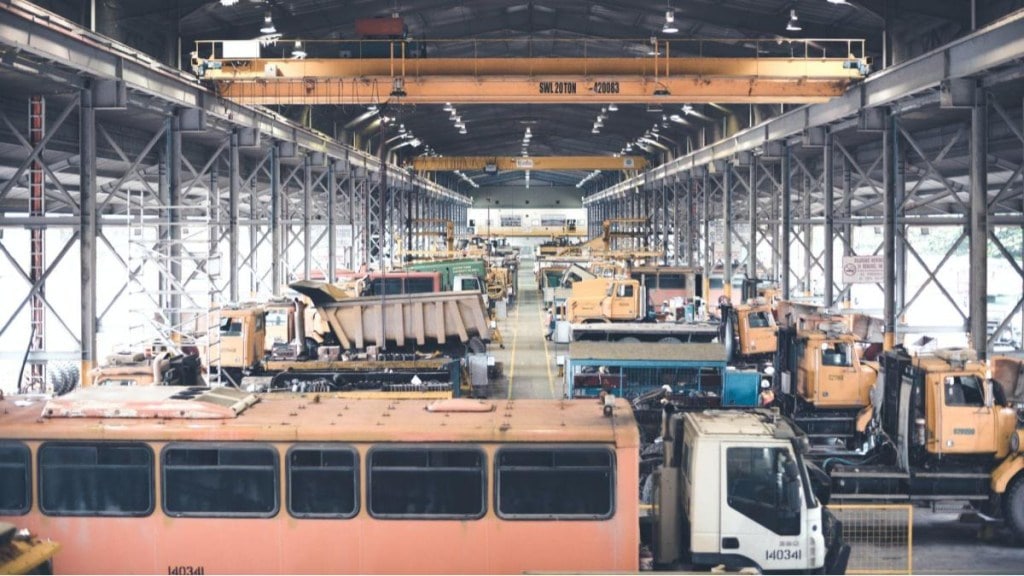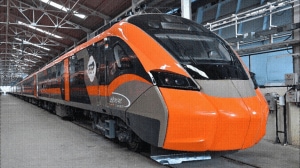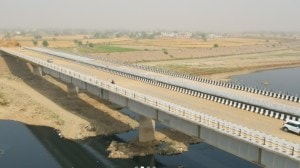As India gears up to adopt its first-ever vehicle crash test star rating system for passenger vehicles later in the year, the government is contemplating bringing crash test regulations for commercial vehicles also.
Presently India does not have a crash test norm for trucks and buses despite the market churning out nearly 1 million a year commercial vehicles (CV). India’s CV market is the third largest in the world, suggest estimates, and is set to grow at a CAGR of 9% till 2028.
Speaking to FE, Satyakam Arya, managing director and CEO, Daimler India Commercial Vehicles (DICV) said, “The Indian CV market still does not mandate the crash safety norms for cabins whereas in Europe these are already in place.”
DICV, which sells medium and heavy trucks and buses under the Bharat Benz brand, has been offering trucks in India that adhere to the European crash norms.
“We are the only company to offer trucks adhering to the European crash safety norms to the Indian consumer. In case of a downtime (time taken to bring the truck back on the road) is much lower because the truck cabins are designed as per those standards,” Arya added.
The focus is also on the micro and small commercial vehicles which often ply at speeds similar to passenger vehicles like cars and SUVs, warranting the need for them to be brought under crash test norms.
The auto industry has had discussions with the government on getting the crash test norms to India. “There have been discussions with the government on bringing these norms to India. These norms should be brought about as soon as possible,” Arya added.
While Tata Motors did not comment on the proposed crash test safety norms while responding to a query from FE, a senior official said that the company is working and has deployed both active and passive safety.
Active safety is driven through a smart design, fatigue-free experience for drivers, active vehicle systems and driver assist features to avoid collisions. Passive safety is ensured through structural integrity engineered for management and absorption of the energy from a crash and provisioning of a safety survival space to the occupants.
Tata Motors claims its CV products have anti-lock braking systems, traction control, electronic stability control, hill hold assist and a host of connected vehicle features.
Next level of active safety systems like, Advanced Driver Assistance Systems (ADAS) that includes collision mitigation system, lane departure warning system, driver drowsiness monitoring system/ inattention detection and on-board tyre pressure monitoring system, will add to the overall safety of the CV occupants.
Rajendra Petkar, president and chief technology officer, Tata Motors said, “We have introduced these features, without waiting to be driven by regulations. Considering the volume of commercial vehicles, ADAS technologies will go a long way in making India’s roads safer.”
A typical medium or heavy truck’s cabin is supposed to be designed in such a way that the deformation patterns of the cabin structure during an impact can assure sufficient survival space for occupants. According to a study, 20% of the deaths of the truck drivers in India in case accidents happen because they could not be taken out of the cabin in the event of an accident.
The focus is also on the micro and small commercial vehicles which often ply at speeds similar to passenger vehicles like cars and SUVs, warranting the need for crash test norms.







